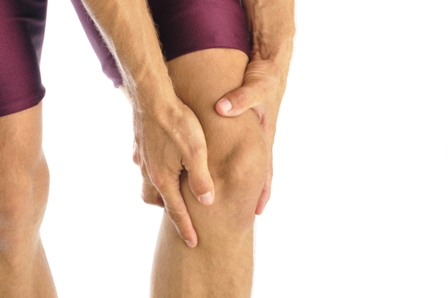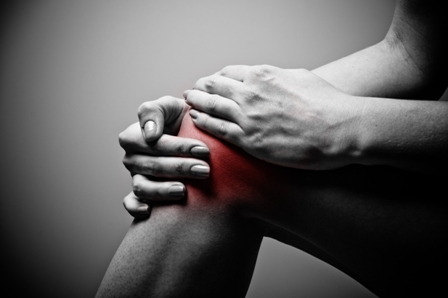The Athletic Trainer & Musculoskeletal Injury
Returning from injury is often quite difficult. Most athletes have the “competition ” frame of mind and are really not focused on the task at hand: taking the time to allow sufficient healing ( vs. Disrupting). The athletic trainers role is to assist in Getting the athletes‘ Psyche and present physical condition onto the same page . In essence, it’s crawling before you walk, and walking before you jog, and jogging before you run. This is on going checks and balances system that keeps the two in sync.
When and how fast can athletic trainers push my athletes?
The athletic trainer has basic protocols to follow in regards to injury treatment and return to activity protocols. Importance lies in following not only the trainers protocols, but more importantly, the Physicians.
Daily , frequent , open, Dialogue between the trainer , athlete, and physician are paramount as the athlete progresses from stage to stage. This bond strengthens with each success and strengthens even more with each failure. True!
Some good questions to ask yourself are: what psyche is the athlete presenting with today and is he or she ready to face the task at hand? How will today’s activity benefit the entire rehab process? Have I / we accomplished what was needed prior to achieving this next task? Have I/ we focused on sport specificity training ? What am I going to do with the answers to these questions?
My body wants to do something but my mind won’t allow it.
Fear of re injury and experiencing “that pain” again are all too common in injury rehab . The good athletic trainer establishes the dialogue of what to expect, what is common, what is normal vs abnormal , and
Performs a full gamete of tests to ensure the athlete will not do further injury . Why is the pitcher afraid to “let it go” after surgical repair and rehab . Why is the running back afraid to cut sharply to his left or right? The athlete has to re experience success, albeit gradually, until these fears and built up walls get knocked down.
What are you doing to help your athletes overcome these common fears?
Are you ensuring your athletes are well hydrated , getting proper nutrition, getting proper rest? Are they following your medical teams outlined rehabilitation prescription.?Overlooking these basic principles can be just as injurious.
Reference
Ardern CL, Taylor NF , Feller, JA, Webster, KE FEAR OF REINJURY IN PEOPLE WHO RETURNED TO SPORT FOLLOWING ACL RECONSTRUCTION SURGERY, J SCI MED SPORT, NOVEMBER 15 2012, 488-495.
Cooper B. ATTACK OF THE NAGGING FEARS!, Runners World, Sept. 2011, 60-69.






